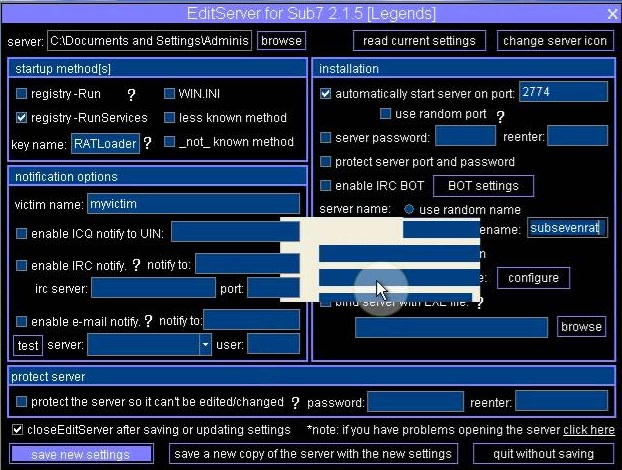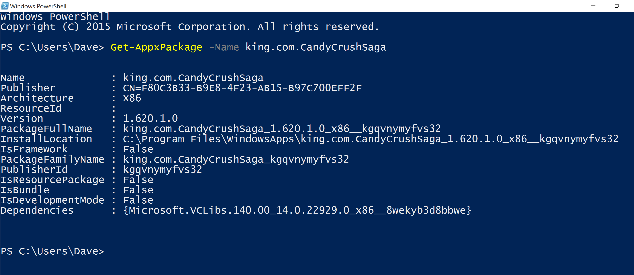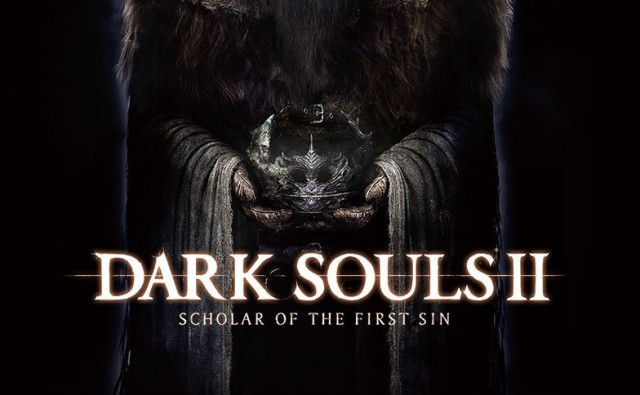

Steam’s Early Access program is a mixed bag. Boiled down to its essence, Early Access is little more than a paid beta test — except the one doing the paying is the tester rather than the developer. It’s a strange concept that has been increasingly criticized since it debuted in March 2013.
In theory, Early Access isn’t so bad. You get to play the game now instead of waiting for it to release, and you can provide feedback that helps guide the development process. In reality, it’s an extremely risky move. A report by GamesIndustry claims that only 25% of Early Access games reach completion.
It’s easy to see why Early Access is building up a bad reputation. Still, some good has come of it and there are several examples that show how useful Early Access can be as long as the developers are smart about it.
Aside from all of these fast-paced high-action run-and-gun shooters is a subgenre that’s quickly being forgotten: the tactical shooter. As the term implies, tactical shooters — also known as “soldier sims” or sometimes “military sims” — incorporate a slower pace of gameplay that emphasizes smart maneuvers, strategic action, and gritty realism.
ARMA 3 falls into the genre, carrying on the legacy that was first pioneered by the likes of Rainbow Six and Soldier of Fortune.
ARMA 3 was included as one of the first twelve games in the Early Access program. By then, it had already been in development for over 20 months. It took another six months before the final version was released. How successful was ARMA 3? Within eight months of release, it crossed the “million copies sold” milestone.
Looking back, it’s respectable just how little time the game spent in the Early Access phase. Consider the following: Prison Architect, Kerbal Space Program, and Gnomoria were also one of the “first twelve” in the program, but none of them have seen a final release yet.
The story of Divinity: Original Sin‘s development is an uplifting one, enough to infuse any game developer’s heart with a healthy measure of hope. This fantasy RPG is the fifth in the series and serves as a prequel to the game that spawned the series in the first place, Divine Divinity.
Prior to its latest title, the Divinity series wasn’t particularly popular, often being overshadowed by adversaries like Ultima, Baldur’s Gate, and Diablo. Not to say that it was a bad series, because it wasn’t. It just never garnered the kind of critical mass necessary to propel it to the forefront of gaming.
That is, until Divinity: Original Sin walked onto the scene. It started with a Kickstarter campaign in March 2013, raising over $1 million in funds. The original release date of October 2013 was postponed, and then the game entered Early Access in January 2014. Another postponement later and the game finally launched in June 2014.
Divinity: Original Sin sold 160,000 copies within one week and 500,000 copies within three months. Furthermore, it earned a lot of praise from top gaming sites like IGN, Eurogamer, and GameSpot, which called it the best classic RPG to release in the last several years.
The original Wasteland debuted in 1988. Wasteland 2 hit the shelves in 2014. Has there ever been another hit RPG that took 26 years to produce a sequel? While the spirit of the game did live on in the form of the Fallout series, it wasn’t enough for Wasteland‘s creator.
In March 2012, the game’s Kickstarter campaign went live, attracting over $600,000 within 24 hours and hitting the campaign goal of $900,000 within 48 hours. By the end of the campaign, Wasteland 2 had brought in more than $3 million in funding.
With funds in check, the development team worked on the project for over 20 months before hitting Early Access in December 2013. The game spent another nine months in development, all the while building up a fanbase and spreading by word of mouth, until it officially launched in September 2014 to favorable reviews.
Wasteland 2 is just one of many Kickstarter-funded games that never would have seen the light of day if the crowdfunding trend never took off. If you’re looking for a modern RPG with an old-school feel, this is one game you have to check out.
What’s the common thread that runs through these three examples? Two things stick out to me: 1) all of the development teams already had favorable track records, and 2) they spent considerable time in development before entering Early Access.
While it’s true that Early Access is a risk for the consumer, these three games show us what to look for if we’re going to buy into the Early Access phenomenon. Make sure the developer has released good games in the past and make sure the game is already deep into development. These tips won’t eliminate all risk, but they do work as guidelines.
Do you trust Early Access? Why or why not? Share your thoughts with us in the comments below!



